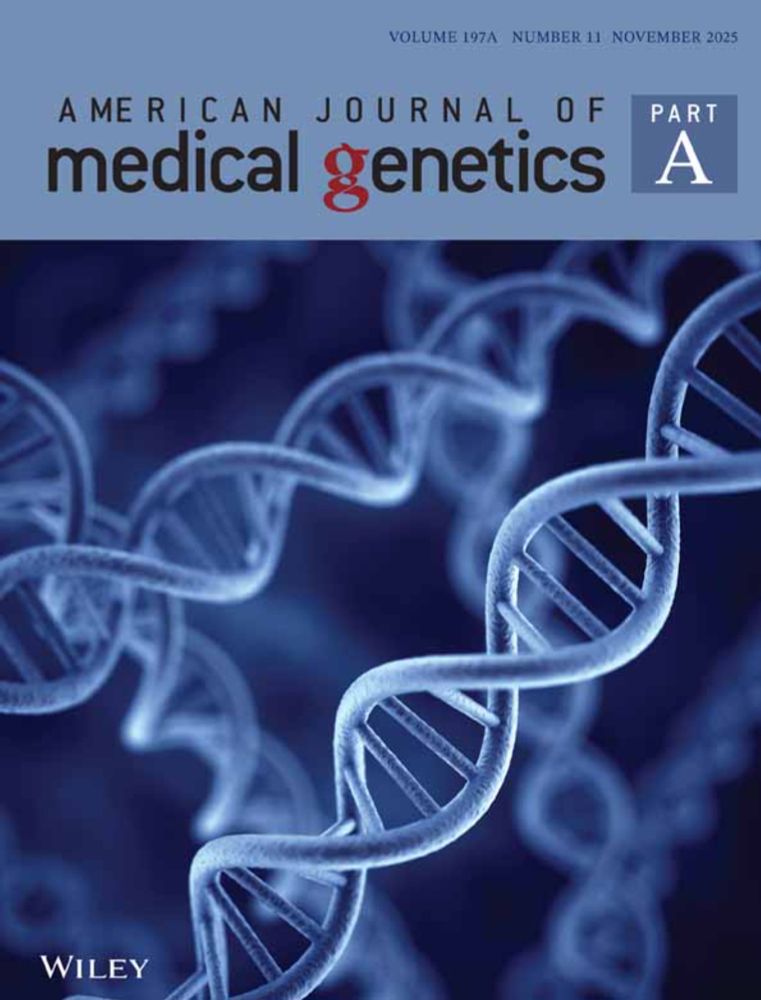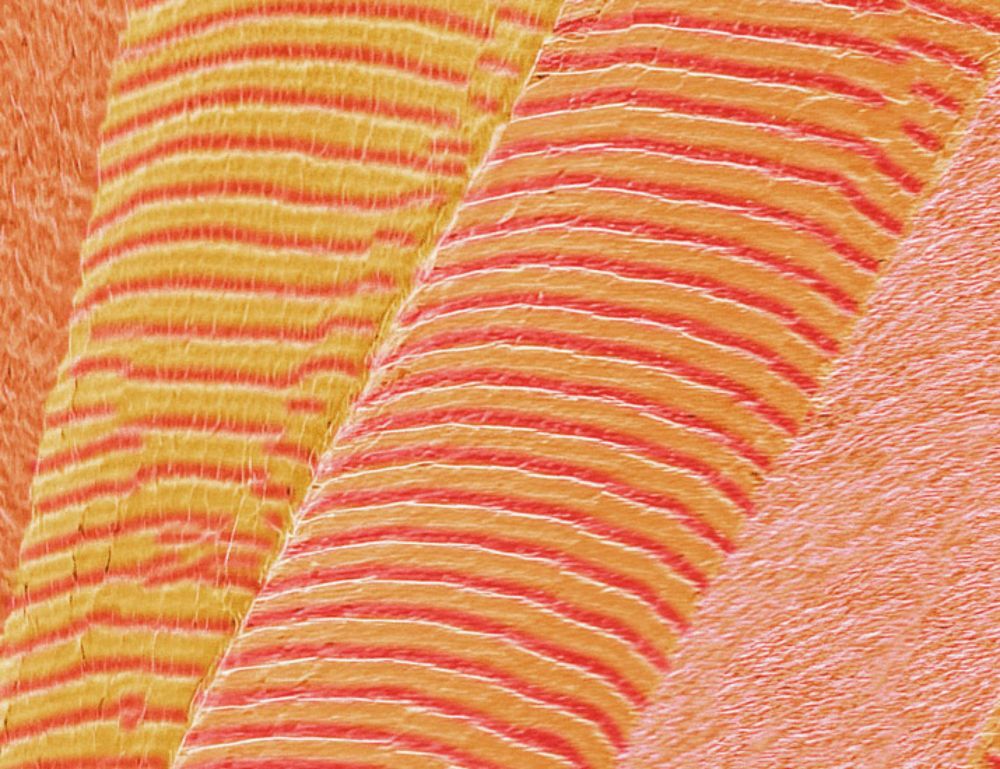
Hopefully of interest to scientists and exercise practitioners with and interest in muscle mass and functional gains in human volunteers. doi.org/10.1113/JP28...
@jphysiol.bsky.social
@joachimnielsen.bsky.social
Associate Professor in Muscle Physiology and Metabolism. University of Southern Denmark.

Hopefully of interest to scientists and exercise practitioners with and interest in muscle mass and functional gains in human volunteers. doi.org/10.1113/JP28...
@jphysiol.bsky.social

This article is a homecoming for me.
As a PhD student, I focused on the growth-rate transcriptional regulation in yeast.
Now, ~ 20 years later, we report protein regulation scaling with the growth rates of single cells in mammalian tissues.
www.biorxiv.org/content/10.1...

Is Human Energy Expenditure Constrained? I recently debated Herman Pontzer on this topic in Shenzhen, China.
My slides can be viewed here:
www.linkedin.com/posts/javier...
Manuscript now accepted! 🥳 @steffendanielle.bsky.social @valerioizzi.bsky.social @abigailmackey1.bsky.social @ismcopenhagen.bsky.social
Spatially distinct ECM-producing fibroblasts and myonuclei orchestrate early adaptation to mechanical loading in the human muscle-tendon unit

The Expanding Clinical and Genetic Spectrum of Muscle Glycogen Storage Disease 0, (GSD0B) - Donoghue - 2025 - American Journal of Medical Genetics Part A - Wiley Online Library onlinelibrary.wiley.com/doi/10.1002/...
12.10.2025 19:09 — 👍 0 🔁 0 💬 0 📌 0
New #scisignal paper: Phosphorylation of RYR1 at Ser2902 decreases Ca2+ leak in skeletal muscle and susceptibility to malignant hyperthermia and heat stroke. #Myoblue tinyurl.com/bddss3j6
07.10.2025 18:54 — 👍 3 🔁 2 💬 0 📌 0
Excited to share that our paper on mitochondrial cardiolipin dynamics is published in @natcomms.nature.com today! We provide molecular explanations for unique aspects of mitochondrial morphology and the mechanisms underlying cardiolipin-related Barth Syndrome.
www.nature.com/articles/s41...

The data show that eight weeks of HIIT training led to a 7% increase in mitochondrial cristae density, demonstrating cristae plasticity.
Importantly, this plasticity was also observed in patients with type 2 diabetes, highlighting its relevance for metabolic health.
This level of precision was necessary to detect training-induced changes in cristae density, as previous data suggested expected increases of <10%. Even in athletes, cristae density is only ~25% higher than in untrained individuals.
30.09.2025 14:03 — 👍 0 🔁 0 💬 1 📌 0In our previous studies, we used a cut-off of 8 profiles to achieve a coefficient of error of 0.10.
To improve precision, significantly more work (x5) was required, moving onto the flatter part of the curve where additional profiles yield marginal gains in accuracy.

Martin and Amalie manually analysed ~11,000 mitochondrial profiles for cristae density using classical stereology: counting intersections with cristae and points with mitochondria.
Each biopsy typically included >100 profiles, with a minimum cut-off of 49 profiles to ensure a CE ≤ 0.05.
Martin performed TEM imaging on 117 muscle biopsies (pre- and post-training), resulting in ~17,000 images.
These were analysed for mitochondrial and lipid droplet parameters, as published here: 🔗 10.1152/ajpcell.00470.2022 and 10.1113/JP284386
At that time, we had biopsies before and after 10 weeks of aerobic training but found no effect of training on cristae density, raising questions about its plasticity.
30.09.2025 14:01 — 👍 0 🔁 0 💬 1 📌 0Until 2017, the prevailing consensus was that mitochondrial cristae density remained unchanged with training. However, in a cross-sectional study, we observed that endurance-trained athletes had a 25% higher cristae density compared to untrained individuals: 10.1113/JP273040
30.09.2025 14:01 — 👍 0 🔁 0 💬 1 📌 0
Our new preprint!
Great effort by Martin de Almeida and Amalie Platz has led to the discovery that training increases mitochondrial cristae density.
www.biorxiv.org/cgi/content/...
Thanks to Niels Ørtenblad at SDU and Kurt Højlund and Maria Petersen at Steno Diabetes Center Odense.
🧵 Thread below…

Check out our latest preprint from the lab, spearheaded by researcher @itsmedipsikha.bsky.social , investigating the distinctive roles of regulatory gamma subunits of the AMPK protein complex in small molecule activator-stimulated skeletal muscle glucose uptake.
www.biorxiv.org/content/10.1...

Does biological sex impact the rate of intrinsic mitochondrial respiration in the presence of creatine in human skeletal muscle? Emily J. Ferguson (@queensuresearch.bsky.social) et al. investigate!
📜 buff.ly/46B6lzL
Mechanical Loading Induces the Longitudinal Growth of Muscle Fibers via an mTORC1-Independent Mechanism https://www.biorxiv.org/content/10.1101/2025.09.19.676647v1
21.09.2025 10:02 — 👍 4 🔁 5 💬 1 📌 1Divergent Changes in Peak Fat Oxidation and Fatmax Following 3-Day Dietary Interventions Are Related to Muscle Glycogen Availability in Men
by Tarry, Vestergaard, Petersen, Olsen, Ingersen, Connor, Pilegaard, Dela, Larsen, Shaw, and Helge
onlinelibrary.wiley.com/share/CDCGW2...

Sarcopenia is accelerated loss of skeletal muscle mass and function commonly, but not exclusively, associated with advancing age. It is observed across many species including humans in whom it can lead to decline in physical function and mobility. https://www.nature.c...
06.09.2025 06:37 — 👍 10 🔁 7 💬 0 📌 0
Congrats to Steffen Raun, Lykke Sylow and Team for their new Redox Biology paper, "Skeletal muscle Rac1 mediates exercise training adaptations towards muscle glycogen resynthesis and protein synthesis", that included the CMR's Prof Paul Gregorevic
www.sciencedirect.com/science/arti...

🚨 The last paper of my PhD is out in @MSSE
Regular Long Runs and Higher Training Volumes are Associated with Better Running Economy Durability in Performance Matched Well-Trained Male Runners
🙏🏻 Rich Blagrove & Jonathan Folland
Temporary free download.
🔗 journals.lww.com/acsm-msse/ab...
🧵 1/7

Elegant study on glycogen using the one-legged exercise model:
Exercise- and diet-induced glycogen depletion impairs performance during one-legged constant-load, high-intensity exercise in humans
Thomassen, McKenna, Olmedillas, Wyckelsma, Bangsbo, Nordsborg
www.frontiersin.org/journals/phy...


Congratulations to Researcher @itsmedipsikha.bsky.social for being one of the recipients of the EFSD/Lilly Young Investigator Awards! We celebrated her achievement with some cakes and bubbles earlier 🥳 @easdnews.bsky.social @cbmr.science
www.europeandiabetesfoundation.org/recipients/e...

Join our PhD course in metabolism and EC coupling.
November 10-15. University of Southern Denmark.
Enrol here: www.sdu.dk/en/forskning...

New paper!
Do ketone esters affect post-exercise recovery?
doi.org/10.1007/s003...
#ketones #exercise #sports #nutrition #recovery

“Muscle memory theory: A critical evaluation” in @JPhysiol led by postdoc Nate Serrano physoc.onlinelibrary.wiley.com/doi/10.1113/...
06.08.2025 18:35 — 👍 8 🔁 5 💬 1 📌 0
#Research by Léo Blervaque et al. examines #capillary-to-sarcolemma distance and location of cytochrome c oxidase, offering insights for maximal O2 uptake and muscle lactate release in trained athletes 🚴♂️ 🔎
📜 Read the study here: physoc.onlinelibrary.wiley.com/doi/10.1113/...